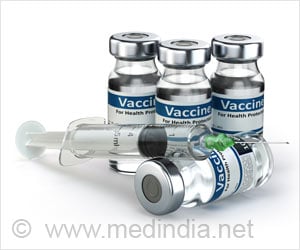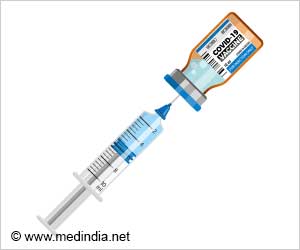Shire plc (LSE: SHP, NASDAQ: SHPGY, TSX: SHQ) announced today that it has received an approvable letter from the US Food and Drug Administration (FDA) for INTUNIV (guanfacine) extended
Shire announced today that it has received an approvable letter from the US Food and Drug Administration (FDA) for INTUNIV (guanfacine) extended release tablets (previously referred to as SPD503), a nonstimulant selective alpha-2A-receptor agonist, which has been studied in children and adolescents with Attention-Deficit/Hyperactivity Disorder (ADHD). Unlike some other ADHD treatments, INTUNIV, a nonstimulant, is not a controlled substance and does not have a known mechanism for potential abuse or dependence. The information requested by the FDA was not unexpected, and Shire is working with the FDA to provide a full and timely response to the agency's request.
"The FDA's approvable letter for INTUNIV is positive news, and Shire will be working closely with the agency to address its questions," said Matthew Emmens, CEO of Shire. "When approved, INTUNIV will be the first medication indicated to treat ADHD symptoms by selectively targeting alpha-2A-receptors in the prefrontal cortex, an area of the brain that is thought to manage executive functioning tasks. Shire is looking forward to further strengthening our broad portfolio of ADHD medications by adding a nonstimulant treatment option with a novel mechanism of action and demonstrated clinical efficacy, which may be ideal for those patients who have not benefited from currently available ADHD medications." About INTUNIV (guanfacine) Extended Release Tablets Shire is seeking approval of INTUNIV as monotherapy for the treatment of ADHD symptoms throughout the day in children aged 6 to 17 years, with dosage strengths of 1 mg to 4 mg daily. The INTUNIV New Drug Application (NDA) includes data from two placebo-controlled trials in children and adolescents ages 6 to 17 evaluating the compound's safety and efficacy in controlling ADHD symptoms evaluated on a once-weekly basis using the ADHD Rating Scale (ADHD-RS-IV), which included both hyperactive/impulsive and inattentive subscales. ADHD-RS-IV is a standardized, validated test for assessing symptoms of ADHD in children and for assessing their response to treatment.This scale, which contains 18 items, is based on the ADHD diagnostic criteria as defined in the APA's Diagnostic and Statistical Manual of Mental Disorders, Fourth Edition, Text Revision(R). In these two clinical trials, treatment related adverse events greater than 10 percent included somnolence, fatigue, upper abdominal pain, sedation and headache.
INTUNIV, a once-daily formulation of guanfacine, provides a controlled, steady delivery of drug throughout the day and evening with a delivery system that minimizes the fluctuations between peak and trough concentrations as seen with immediate-release guanfacine. It has been shown that guanfacine, the active ingredient in INTUNIV, binds selectively to alpha 2A adrenergic cell receptors located in the part of the brain called the prefrontal cortex.
The prefrontal cortex is an area of the brain associated with executive functioning, i.e., working memory, behavioral inhibition, regulation of attention, distractibility, impulsivity, and frustration tolerance. The selective alpha-2A agonist strengthens working memory and prefrontal cortex neuronal firing. This research supports the use of guanfacine for the treatment of ADHD.
Source-PRWIRE
SRM/M
 MEDINDIA
MEDINDIA
 Email
Email







